By Wil Deac
Early on the overcast afternoon of June 2, 1944, three white-starred Boeing B-17 Flying Fortresses in V-formation roared over the Soviet air base at Poltava. Within moments, the entire countryside reverberated from 256 powerful Pratt & Whitney engines as flight after flight of the heavy bombers roared overhead. American ground crewmen standing in the light rain watched with open pride as the first silvery plane touched down on the steel mat runway. The name Yankee Doodle II was boldly painted on the fuselage just behind the plexiglass nose.
East Meets West In One Triumphant Moment
Lieutenant General Ira C. Eaker, head of the Mediterranean Allied Air Forces, climbed down from the four-engined bomber. The rugged 50-year-old Texan, a pioneer of post-World War I military aviation, had led the first U.S. heavy-bomber raid on Nazi-held Western Europe two years earlier. Accepting a bouquet of flowers from a buxom, smiling Russian female soldier, he passed around a handful of cigars before taking the welcoming hand of Soviet Maj. Gen. Alexei R. Perminov. Eaker also plucked a Legion of Merit medal from his pocket and pinned it on Perminov’s tunic. Greetings were exchanged with American Ambassador W. Averell Harriman and U.S. military mission chief Maj. Gen. John R. Deane, as well as with other Russian officers on hand for the occasion. Harriman’s daughter, Kathy, stood by holding a bouquet of roses.
The 64 B-17s at Poltava and 65 other bombers and 64 fighters of the U.S. Fifteenth Air Force that landed at two neighboring bases were the spearhead of Operation Frantic, America’s World War II effort to strike at enemy targets in Eastern Europe from England and Italy using bases in the Soviet Union to refuel and rearm. The concept of taking off from one airfield and landing at a second on the other side of otherwise unreachable targets was raised by U.S. planners early in the war. Since Hitler controlled most of continental Europe, air bases would have to be in the British Isles, the Mediterranean area, and the Soviet Union to make shuttle bombing fully effective. The first shuttle bombing mission was between Great Britain and Italy in 1943. Adding Russia was hoped to greatly enhance the concept.
Shuttle Bombing Both Strategic And Diplomatic
American leaders proposed the use of Russian bases with a number of general goals in mind: strategic and tactical bombing in distant Eastern Europe; stretching Nazi air-defense forces, especially prior to the Allied invasion of France; and demonstrating to the Soviets, who had no long-range bombing force, the sincerity and effectiveness of the U.S. war effort, thereby improving Soviet-American relations and the exchange of information. It was also hoped that shuttle bombing in the European Theatre would lead to the use of bases in Siberia to strike Japan.
What would become Operation Frantic was proposed in mid-1942 to the Soviets, who received the idea coolly. Aptly named, the operation was destined to be a short-lived child of a questionable marriage. The subject of shuttle bombing was again broached at the Moscow Conference in October 1943, when the newly arrived chief of the U.S. military mission to Russia, General Deane, discussed it with Soviet Foreign Minister Vyacheslav Molotov. Once more the response was inconclusive. It took President Franklin D. Roosevelt to break the log jam by talking to Russia’s paranoid dictator, Josef Stalin, at the November 1943 Teheran Conference. But even then, it was not until February 2, 1944, that Stalin told Ambassador Harriman, “We favor it,” at a Kremlin meeting. The operation, initially named Baseball, possibly in expectation of the team playing it would foster, was renamed Frantic in March 1944.
Realty Falls Short Of Initial Hopes
The reality, however, immediately fell short of the American hope for six airfields manned by more than 2,000 men. There would be only three bases, Poltava, Mirgorod (50 miles to the west), and Piryatin (another 50 miles west) situated on the flat farmland of the east central Ukraine in a southeast-to-northwest line about 450 miles southwest of Moscow, and about half as many ground crewmen as proposed. The bases were much farther east than desired and in almost unusable shape, but it was a question of take it or leave it. Deane was to have administrative control of the operation, while Lt. Gen. Carl A. Spaatz, Commander of U.S. Strategic Air Forces in Europe, would be in charge of operations. On-site supervision of the freshly created Eastern Command fell to Maj. Gen. Robert L. Walsh when it became fully operational on June 1, 1944.
Poltava was selected as U.S.-Soviet headquarters for the eastern terminus of the shuttle bombing program. It was at Poltava that the overconfident Swedes under Charles XII were bloodied 235 years earlier by the Russian forces of Peter the Great, thereby establishing Russia as a world power. In 1941 the area was occupied by Hitler’s Wehrmacht, which found itself welcomed by a significant part of the populace. When the Nazis retreated, they leveled virtually every building except for private dwellings. The postoccupation attitude of the Poltavans, however, was illustrated by a photograph they eagerly showed the Americans. It depicted the mayor who had ruled during the German occupation with an alpenstock smashed into his skull.
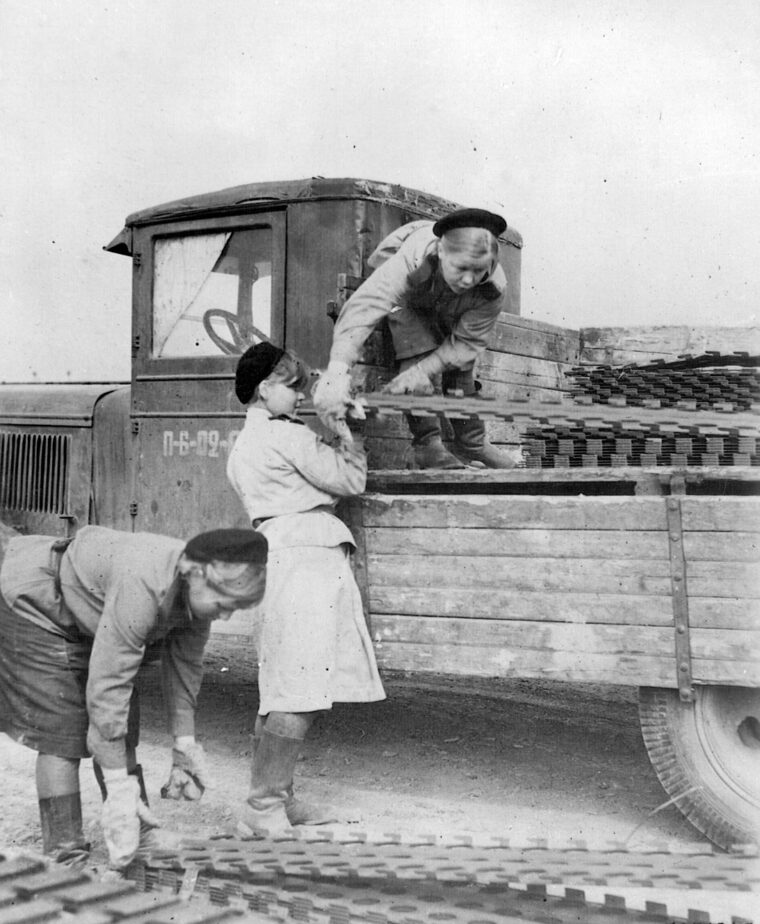
Runway Highlight Of Makeshift Russian Airfield
Engineers from the United States, working with mostly Russian labor and virtually all American materiel and supplies, lengthened the Poltava runway assigned to them to over a mile and covered it with pierced-steel matting. Taxi strips, hardstands, and storage areas were set up. The Russian flightline, at the end of a 4,500-foot-long concrete runway, was situated on the other side of several damaged buildings from the American one. Among the red-starred aircraft parked there were American-built Douglas C-47 transports and Russian-made, single-engine Yakovlev Yak-9s of the 210th Fighter Interceptor Division. Across a road from their flightline, the Americans oversaw the erection of some 150 pyramidal tents for the ground and bomber crews. The mess hall and hospital tents were sandwiched into this section, whose extremity was marked by a series of twisting trenches for use as air-raid shelters.
The U.S. command staff and its Russian counterpart were quartered across the road from the Russian flightline in a damaged multi-storied, U-shaped building that also served as base headquarters. A wider road winding between the building and the American tents ran southward roughly two miles to the town of Poltava. Modifications were also made to the two other bases.
Allied Command Relents To Russian Objectives
By mid-1944, Frantic was ready to go. A U.S. communications center overseen by the Soviets was functioning. The ground support personnel, their entry into the Soviet Union closely controlled by Moscow, were in place. Even the initial targets—aircraft factories at Riga in Latvia or at Mielec, Poland—had been chosen. Since the Eighth Air Force based in England was already deeply involved in the bombing of Germany and preparations for the imminent invasion of Normandy, the honor of inaugurating Operation Frantic went to the Italy-based Fifteenth Air Force. The Soviets dismayed the Americans by vetoing the target selection. Bomb Romania or Hungary instead, they countered. It was pointed out that those countries were within range of bases in Italy.
The Russians, more interested in tactical objectives to support their advance than in strategic matters, were adamant. Deane and Spaatz decided in the Soviets’ favor because, in the reluctant Eaker’s words, “It is imperative that we gain the full confidence and respect of the Russians by starting our collaboration with an … operation of immediate significance to them.”
At 6:55 am on June 2, 1944, Frantic Joe, the first combat mission of the new shuttle program, took to the air from airfields in Italy. Four groups of B-17 bombers and one group of the checker-tailed North American P-51 Mustang fighters from the 5th Combat Wing droned northeastward in clear weather, their aiming point the rail hub of Debrecen, Hungary. Three hours later, bomb bay doors yawned wide to disgorge over a thousand 500-pounders on the enemy railroad yards. The escorting P-51 pilots scanned the cumulus-speckled sky in vain for intercepting fighters.
Impressed Russians Consent To Factory Targets
The only loss was a Flying Fortress that exploded in midair. While General Eaker and his airmen were being welcomed with flowers at Poltava, the other bombers landed at Mirgorod. The fighters, after initial trouble finding the base, landed at Piryatin. Following the airfield ceremonies and a short meeting at the Poltava headquarters, Eaker, the Harrimans, and Deane went on to Moscow in a Russian C-47. There, the Americans again raised the question of aircraft plant targeting. Surprisingly, this time the Soviets consented. Eaker was elated until he talked to his meteorologists. Bad weather over the targets, they reported. The big bombers, ready and loaded, sat waiting at the Russian bases.
When the weather over east-central Europe failed to clear by June 6, the day Allied armies were storming ashore in France, Eaker sent most of his planes on a side mission against the Galati airfield in Romania. Two P-51s went down during the mission. The Germans lost, in addition to aircraft destroyed on the ground, a possible eight fighters, the first U.S. air victories on the Eastern Front.
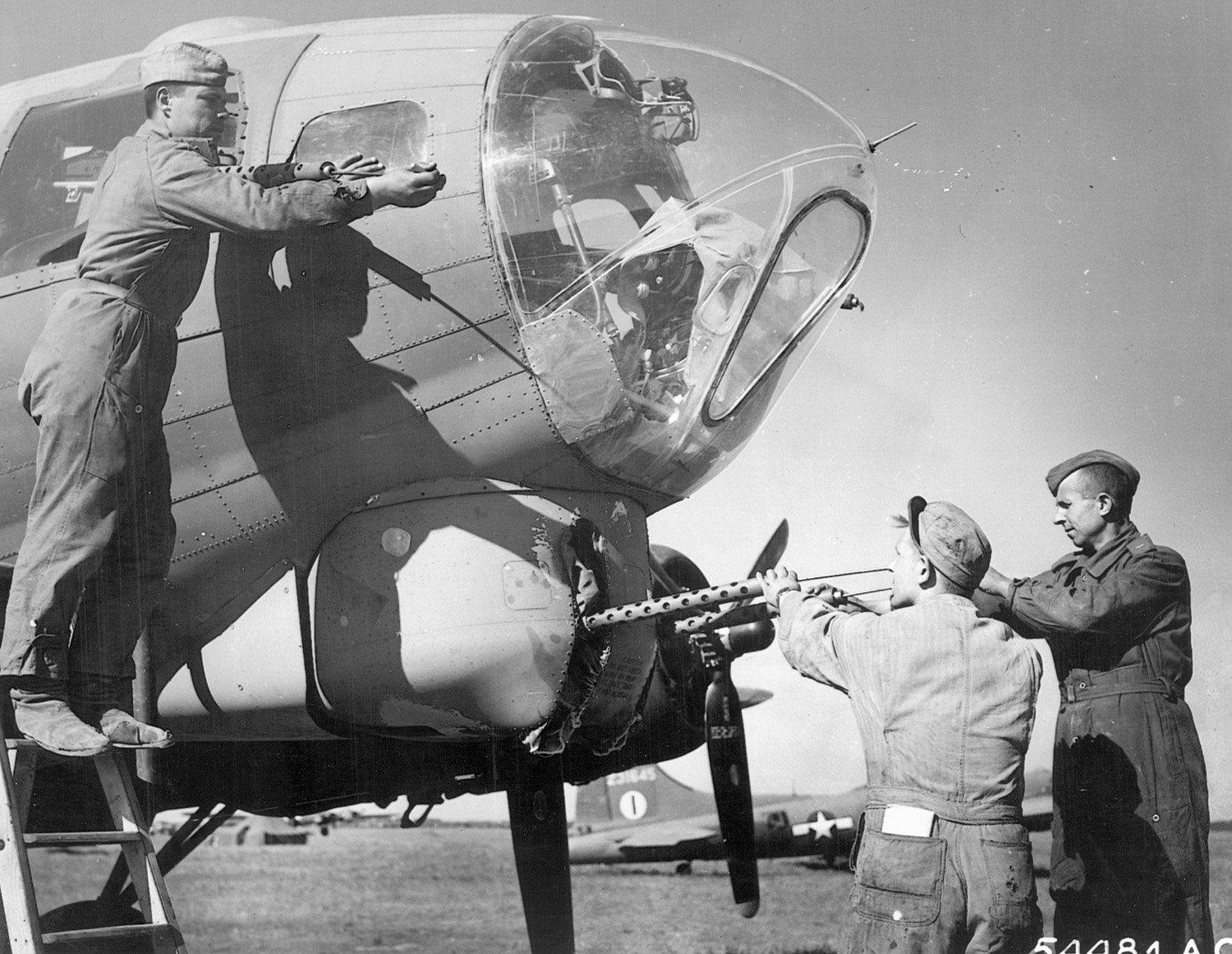
Initial Success Bodes Well For Future American-Soviet Operations
Five days later, still foiled by bad weather from hitting the originally targeted Heinkel plant in Poland, Eaker led his groups back to Italy. They bombed the Focsani air base in eastern Romania on the way. The initial Frantic mission was completed. The ground crews at the three Russian bases were commended for their contribution. “The first American task force ever to operate from Russian soil has returned to its bases.…” the commendation read in part. “The cooperation and understanding displayed in working with our Russian allies set an example for future American-Soviet operations.”
Wednesday, June 21, 1944, was a special day for the Americans stationed at the Soviet installations. A lot of old friends were in the Eighth Air Force air crews making the first England-to-Russia shuttle raid. Twenty bomb groups of heavy bombers and 23 fighter groups, almost 2,500 aircraft in the war’s largest attack on the Berlin area, dropped over 2,000 tons of bombs on factories, railroad yards, and a synthetic oil plant. As the massive aerial armada swung back toward Great Britain, more than 140 Fortresses and 65 Mustangs comprising Frantic II continued eastward. Touching down at Poltava after an 11-hour flight, 70 B-17s of the 45th Bomb Wing were directed to disperse as best they could on the cramped eastern end of the field. Ground crewmen exuberantly greeted the newcomers, who were checked by Russian border guards before being shown to a tent for debriefing by intelligence officers and for the customary double-hooker of scotch. The exhausted airmen were then fed and assigned temporary quarters. The accompanying 13th Bomb Wing alit at Mirgorod. Five bombers, running out of fuel, had landed near Kiev, about 140 miles northwest of Poltava. The P-51s, except for two lost, came to ground at Piryatin.
Sniffing Out The Soviet-American Airfield
The Americans at Poltava would have been less jubilant had they known that they had been followed by a Heinkel He-177 piloted by Sergeant Hans Muller. The multiengined reconnaissance bomber circled high above the base taking pictures before turning back toward its base. As the German plane overflew Mirgorod, an American officer who spotted it wanted to radio Piryatin to send up Mustangs to shoot it down. The Soviets, making no effort to intercept the intruder themselves, denied permission. It was also later reported that the enemy had recovered maps and photographs of the Poltava base from a shuttle bomber that crashed during the June 11 raid on Focsani.
American complacency made the situation even riper for disaster. The newly arrived bombers, their silver-colored skins making them conspicuous targets, were poorly dispersed. Fifty-five-gallon drums of high-octane fuel, 500,000 gallons in all, were stashed around the edge of the field. Ammunition was piled in open-air revetments. The slit trenches dug to provide emergency shelter could accommodate approximately 300 people. Most of the Americans, Eighth Air Force men, had become accustomed to the relative security of their English bases. Furthermore, the Americans had been promised around-the-clock fighter protection by their hosts. By 11:15 pm, most of the ground crews, having refueled and rearmed the B-17s, were either in bed or engaged in poker games and bull sessions. The bomber crews were nearly all asleep in Poltava’s large tent city. Not surprisingly, when an air-raid warning came minutes later, the tired men, in the words of one, “merely turned over and cussed because they had been awakened.”
A Surprise Nighttime Attack
Things changed in less than an hour when about 150 bombers of German General Rudolph Meister’s 4th Flying Corps arrived. Antiaircraft guns, 85mm and 37mm, barked to life, followed by the chatter of smaller weapons. The sirens recently given to the Russians added their plaintive howl to the growing noise. Searchlight beams fingered the night sky.
At almost precisely 12:30 that morning of June 22, a swastika-marked plane buzzed the field. Flares whooshed into blinding blue-white blossoms in its wake. Men were fleeing their tents in confusion, uncertain where to go when the bombs came. It was a hellish cacophony of shrill whistling, body-crushing detonations, and concussion waves accompanied by sprays of fragments. One airman reportedly complained, as he ran in his underwear, that he had never been in an air raid before. “I’ve always been on the other end—dropping the bombs.” Ground crewmen directed newcomers to the trenches. One cockpit crew sought safety behind a pile of bricks. A bomb exploding about a dozen feet away killed the copilot and mortally wounded the pilot.
German Air Force Deals Devastating Blow In Under Two Hours
Most of the Luftwaffe bombers, twin-engined Heinkel He-111s and Junkers Ju-88s, pounded Poltava between 12:35 and 1:45. After a brief lull, broken by exploding aircraft and munitions, the rest swooped in at a lower level, machine guns blazing. Their loads included thousands of small antipersonnel mines called Butterflies. They fluttered down on stubby wings that opened up to arm them. At 2:20 am, adding insult to injury, flash bombs lit up the airfield anew for a reconnaissance plane to photograph the damage. Although the last of the aircraft engine noise faded to the west just before 2:30, Russian antiaircraft guns continued firing for another 15 minutes. In all, gunners shot off over 28,000 rounds of ammunition. Yet all of the German aircraft returned to their base near German-occupied Minsk. Not one Allied fighter had risen to challenge them.
In a period of just over a hundred minutes, the Luftwaffe bombers had ravaged Poltava airfield with over 110 tons of high explosives and fragmentation and incendiary bombs. According to the Eastern Command damage report, 47 B-17s, two C-47s, and a Lockheed F-5 (photo-reconnaissance version of the P-38 Lightning fighter) were “destroyed or damaged beyond economical repair.” Every other Fortress and two F-5s received some form of damage.
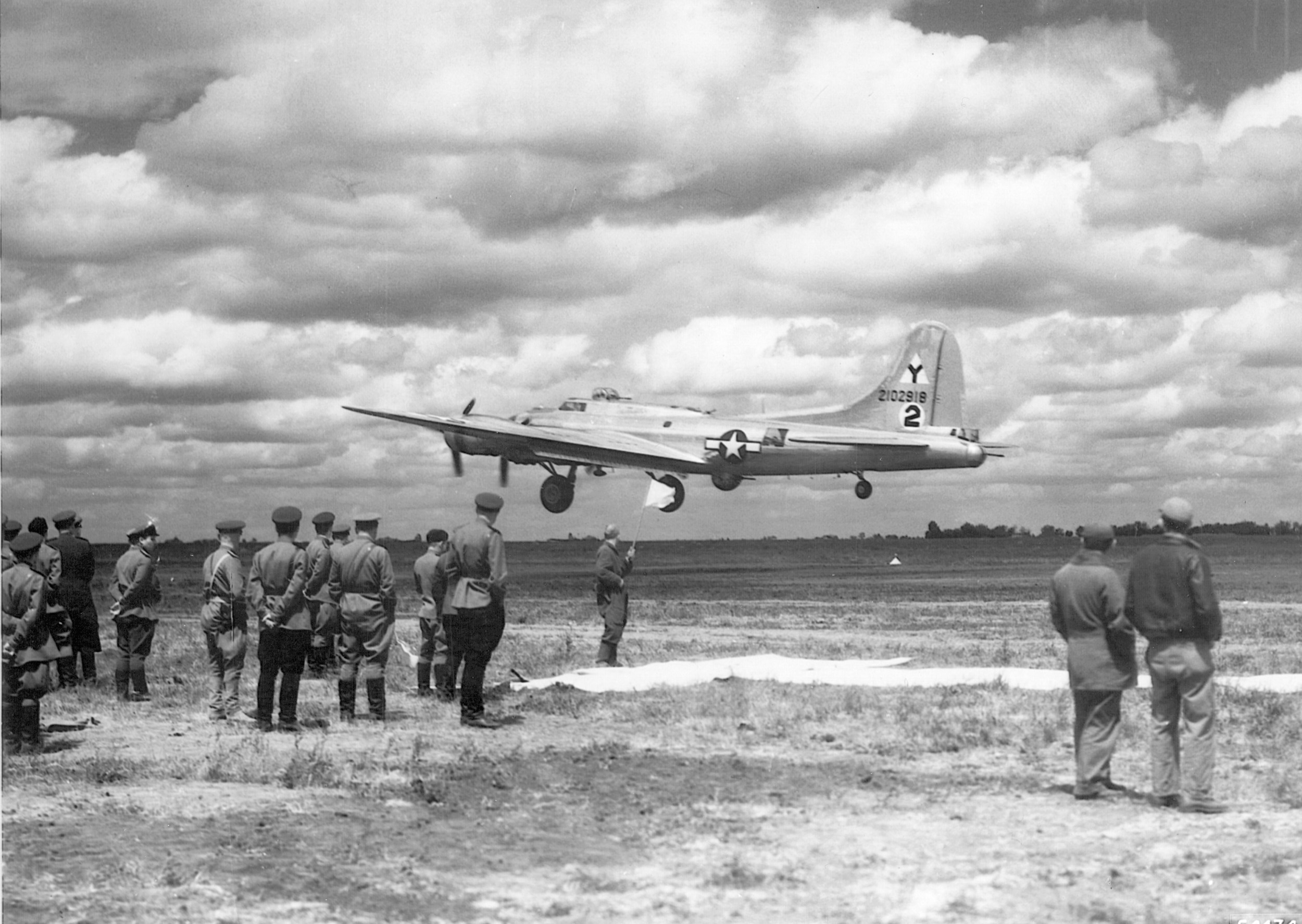
Miraculously, only two Americans died, Lieutenants Raymond Estle, the pilot, and Joseph Lukacek. Six enlisted men were wounded. Nearly 2,000 bombs and 400,000 rounds of 50-caliber ammunition were obliterated. Over 200,000 gallons of aviation fuel brought halfway around the world went up in flames. Six vehicles were totaled. The Russians reported 34 fatalities and over 60 wounded. They lost a C-47 and 25 fighters and trainers.
Poltava: One Of Göring’s Finest Moments
Aside from adding to the commotion with target practice and peppering the tents with shell fragments, the Soviets had nothing to show for their defensive effort. It was the most costly air raid the U.S. Army Air Force had suffered since the Japanese caught Douglas MacArthur’s aircraft on the ground in the Philippines on December 8, 1941. After the war, an American general told Hitler’s air chief that Poltava was the best attack the Luftwaffe made against U.S. aviation. Luftwaffe chief Hermann Göring replied, “Yes, those were wonderful times.”
There was no questioning Russian heroism, however. Soviet soldiers, with only one firetruck and two fire trailers, hurried toward the blazing aircraft even as bombs were falling. More, male and female, were scouring the field to collect and detonate the deadly butterfly mines, often with sticks or by picking them up and throwing them. Other mines exploded when soldiers stepped on them. The primitive mine clearing would take weeks to complete and nearly double the Soviet casualties. To the Americans it demonstrated a shocking disregard for human life. Ironically, the Butterfly subsequently entered Moscow’s military inventory as the PFM-1 antipersonnel mine. It is also called the Green Parrot because of its color, and it maimed many Afghan children after the Soviet invasion of that country in 1979.
After the raid, stunned Americans emerged from whatever shelter they had found to stare at the Dante-esque scene. Kept away from the field by the Russians, they gradually returned to their quarters, which German precision had spared. A short, phlegmatic pilot was quoted as telling one group of men, “It’s amazing how calm a person can be in the face of death. When the raid started, I got up, dressed as calmly as I do every day.” This was apparently accepted with due respect until one listener looked at the officer’s boots. They were on the wrong feet.
Carbon Copy Raid On Mirgorod Airfield
Later that June 22, beneath drifting clouds of smoke, with fires still blazing and explosives occasionally going off, the Poltava base belatedly closed the proverbial barn door. The hospital tent was moved to a patch of towering sunflowers several miles away. Surviving bombers, incongruous among the twisted skeletons of the destroyed aircraft, were widely dispersed preparatory to being patched up and flown out. Ground crewmen vultured the wreckage for salvageable parts.
The bombers at Mirgorod, spared that fateful night by a German navigational error, were evacuated to bases farther east. On the night of June 22, the Luftwaffe finally found Mirgorod. The raid was nearly a carbon copy of the Poltava attack, less than two hours of bombing and strafing with absolutely no interference from Russian interceptors.
Nearly 200,000 gallons of gasoline and an undetermined number of bombs erupted in a miniature Vesuvius. Only Piryatin was untouched, but only because the German raiders sent to bomb it missed their target by about three miles. A half-dozen C-47 transports flew in several days later to take the air crews of the destroyed and disabled aircraft to Iran en route to Britain. Seventy-two B-17s, just over half of those that had flown in, and 57 P-51s roared off the Russian bases on June 26 and struck the oil refinery at Drohobycz, Poland, before landing in Italy. There were no losses.
Soviet-American Relations Deteriorate After Raid
The Poltava disaster cast a pall over the entire Frantic operation. Morale among the bases’ permanent personnel never fully recovered and was to grow worse with time, contributing to increasing friction between Americans and Russians. This friction was aggravated by the NKVD, the Soviet secret police, acting on Moscow’s orders to discourage fraternization. On another level, U.S. commanders were concerned about Soviet inability to adequately protect American aircraft. Strategically, Frantic’s raison d’être was also being called into question. The Red Army’s westward advance was overrunning targets that previously had been out of range of bases in Britain and Italy. Further, American island-hopping in the Pacific was evaporating the need for bases in Russia’s eastern maritime provinces.
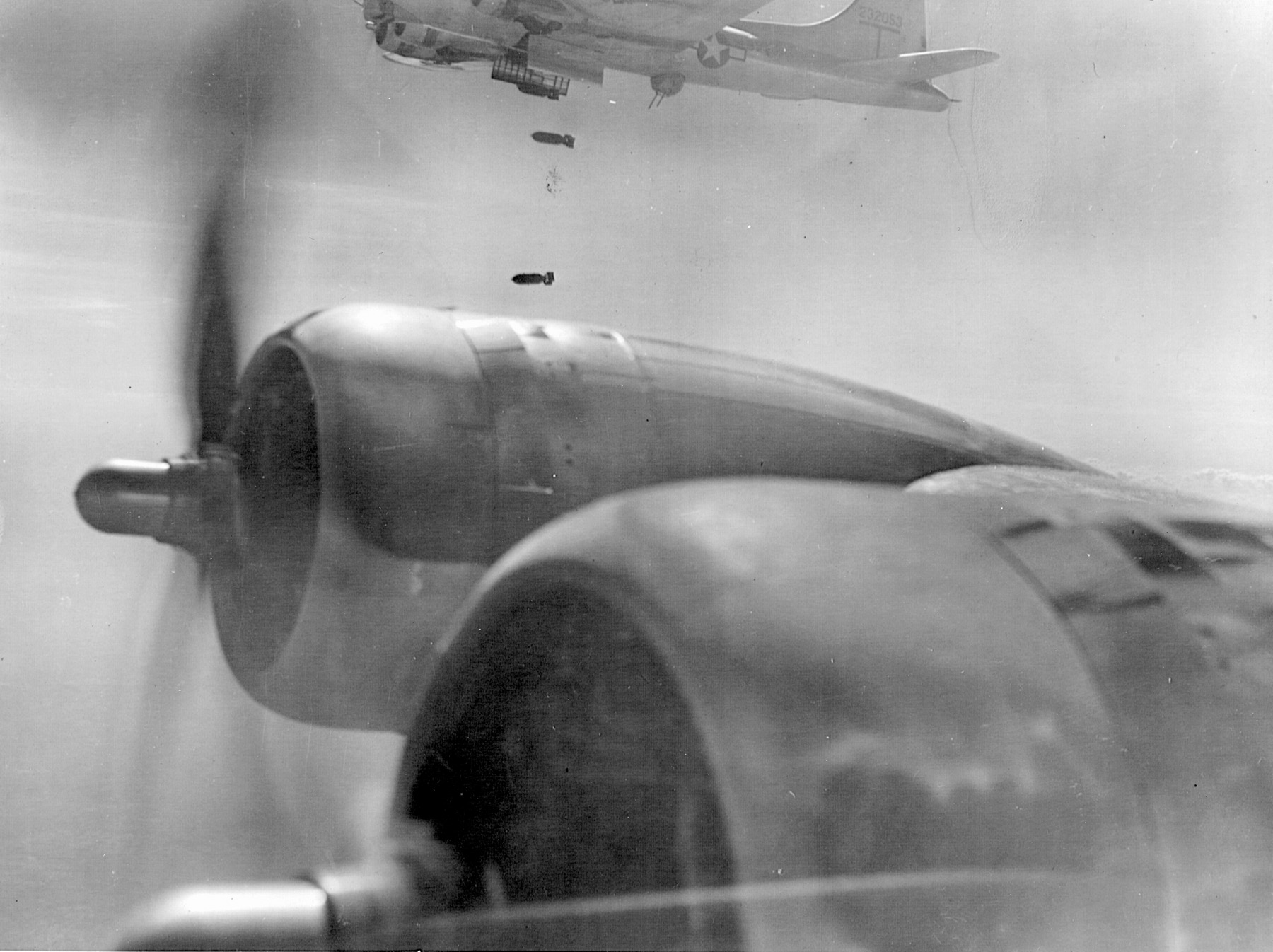
In an effort to keep Frantic alive, for continued U.S.-Soviet contact if for no other reason, American planners decided to continue the shuttle flights, but with one major difference. Since the Americans were denied permission to establish an effective radar-controlled defense system for the bases and because supplies there were low after the German raids, no heavy bombers were to be used. On July 22, Frantic III’s Fifteenth Air Force P-38s and P-51s attacked targets in Romania and flew on to Russia. From there, the three fighter groups involved finally brought the war to Mielec, Poland, one of the targets on Frantic Joe’s wish list.
Next Rounds Of Operation Frantic Commence
The return to Italy was accomplished in two increments, both in response to Soviet requests for tactical sorties to support the Russian advance. Most of the fighter-bombers hit airfields in Romania on July 26. The rest attacked bases in Hungary.
Frantic IV consisted of two fighter groups of the Fifteenth Air Force. They left Italy on July 31 and ran into bad weather, but reached Russia nevertheless. At the request of their hosts they strafed the airfield at Focsani, Romania, on August 4 and one in the Bucharest-Ploesti area of Romania en route back to Italy two days later. Each side lost half a dozen aircraft.
The August 4 mission provided one of the most remarkable tales of the entire Frantic saga. A P-38 of the 82nd Fighter Group left Poltava with one pilot and returned with two. As it was strafing the Focsani air base with its nose guns, one Lightning, a single-seat fighter, was hit by ground fire. Both its engines disabled, it bellied into a field. The pilot, 1st Lt. Richard E. Willsie, was able to get out despite a head injury. A fellow pilot radioed a “cover me” to other group P-38s and bumped to a landing alongside the downed aircraft.
Lieutenant Richard T. Andrews discarded his parachute to make room and helped Willsie into the cockpit. Riding tandem on the bucket seat with a minimum of comfort and a maximum of cooperation, the duo took off. It apparently was not the first time this feat was accomplished. An account from the earlier North African campaign tells of a South African Hawker Hurricane pilot forced down behind Axis lines and similarly saved by a fellow flier.
Soviet Gunfire Posed Greater Risk To Americans Than German Pilots
Frantic’s operational goals, which required the use of heavy bombers, had been ignored by the last two shuttle missions. It was therefore decided to make Frantic V a B-17 mission. On August 6, Flying Fortresses from two bombardment groups and P-51s from a fighter group of the Eighth Air Force joined a huge formation of aircraft sent against German targets. The 76 B-17s and 64 P-51s of Frantic V broke away to lambaste an aircraft plant near Gdynia, Poland, and go on to the Russian airfields. The only aircraft combat losses were German, a Focke-Wulf Fw-190 fighter and a Ju-88.
On the whole, German pilots on the Eastern Front were inferior to those in the West. In fact, many of the American airmen felt their greatest danger was Soviet gunfire. At least seven F-5s assigned to photograph targets for the bombers were attacked by the Soviets, with one actually being shot down in June. Relieved that there was no repetition of the Poltava debacle, the fighter-escorted B-17s of Frantic V completed a local assignment against an oil refinery in Poland. The aircraft then flew to Italy, focusing their attention, at Soviet request, on Romanian airfield targets en route. They then bombed a German air base near Toulouse, France, before returning to Britain, completing their triangular itinerary on August 12.
Pilots And Ground Crews Also Bravely Fought Boredom
American planners, despite realizing that Frantic was militarily unviable, were determined to see the program through. While bilateral talks, including discussion of the use of Siberian bases against Japan, dragged on in Moscow, the men and women at Poltava, Mirgorod, and Piryatin found the late summer depressingly dull. They chased the blues as best they could through increasingly difficult personal fraternization or attending parties and shows.
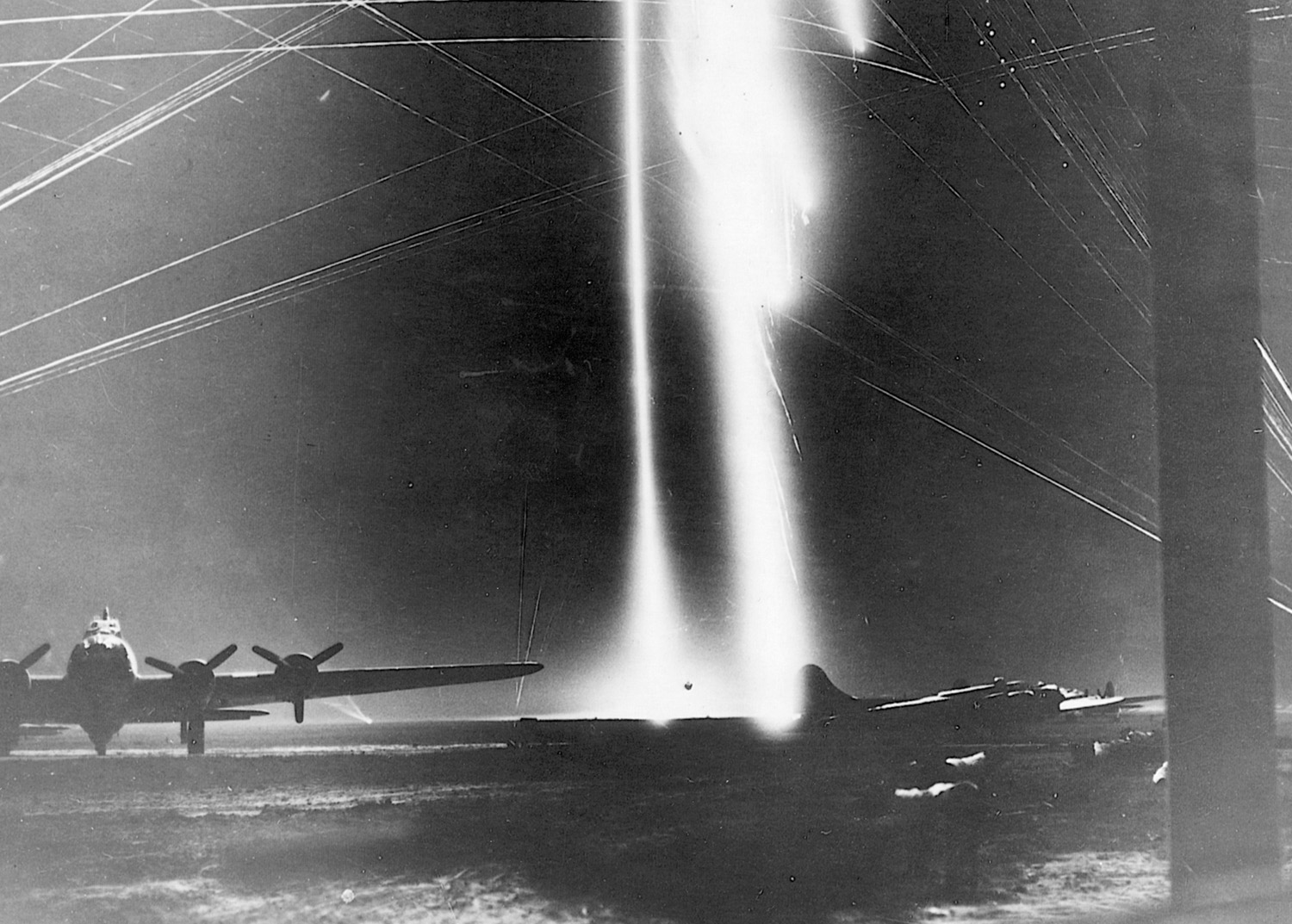
There were occasional side trips to Moscow and Teheran. During one trip to the Soviet capital, Frantic enlisted men experienced the psychological discomfort of sharing the Hotel Metropole dining room with the Japanese ambassador to the Soviet Union. It would be another year before the Soviet Union declared war on an almost completely prostrate Japan. Whatever their diversions, the men and women shared the common denominator of boredom. Letters from home were read until they fell apart. Paperback books split from constant reading. Decks of cards became soft and dog-eared. Bottles of vodka were filled and emptied at a prodigious rate. One happy moment came toward the end of the operation when two officers married, the woman being one of the Poltava hospital unit nurses.
American Bounty Fueled Soviet War Effort
Their limited travel in Russia impressed the Americans with the wealth of war materiel being sent from the United States. Between October 1, 1941, and May 31, 1945, some 2,660 ships sailed from U.S. ports with 16,529,791 tons of supplies for Russia. A price tag on this materiel, which included 14,795 aircraft and 375,883 trucks, read $11.3 billion. This excluded supplies reaching the Soviet Union by other routes, and contributions from Great Britain. Stalin himself admitted at the Teheran Conference that the war would have been lost without American production. Yet the average Russian was never informed of this fact.
With the Red Army about to knock Romania out of the war, the Americans were asked on August 22 to immediately send a Frantic mission against railroad yards there. Bad weather interfered, however, and the Russian offensive overtook the request. When Frantic VI finally got off the ground from England on September 11, it bombed an arms factory in Chemnitz, Germany.
Two days later, the mission’s B-17s and P-51s concentrated on steel works in Diosgyor, Hungary, and returned to Britain via Italy. By this time, Moscow saw little need to continue Operation Frantic. On August 25, Foreign Minister Molotov had told Harriman and Deane that Russia needed its three shuttle fields back. The Americans asked if they could keep one base open for continued photo-reconnaissance flights and to be ready for resumed shuttle flights after the approaching Russian winter.
Poles Rise Up With Promise Of Red Army Support
In the meantime, while fighter raids were keeping shuttle bombing alive, the Armija Krajowa (AK, Home Army), 35,000 strong, in Poland’s capital prepared to rise up against the Nazi occupiers. A military arm of the Polish government-in-exile in London, the anti-Communist AK wanted to liberate Warsaw before the approaching Soviet Army. Moscow actually encouraged an uprising through its radio broadcasts.
The victorious Red armies will be in Warsaw in a matter of days, an announcer said. “People of Warsaw, take up your arms.…” On August 1, 1944, with the thunder of Soviet guns audible in the distance, the Poles attacked the German occupation forces. The Russian juggernaut abruptly halted at the city’s eastern suburbs, although it continued to advance north and south of Warsaw. While there is still controversy over why the Soviets stopped, there can be no question that the turn of events suited their postwar purposes. The beleaguered AK radioed for help. Although the Poles had taken two-thirds of the city, they knew that they could not hold out against the more heavily armed Germans.
On August 15, a message from Washington urged Allied Supreme Commander General Dwight Eisenhower to have arms and supplies flown to Warsaw. Prohibitively long round-trip flights from Western Europe were ruled out, and heavy British losses had already demonstrated the risk of sorties from Italy. That left Frantic. Stalin’s answer, in the words of U.S. diplomat George Kennan, “was a snarling no.”
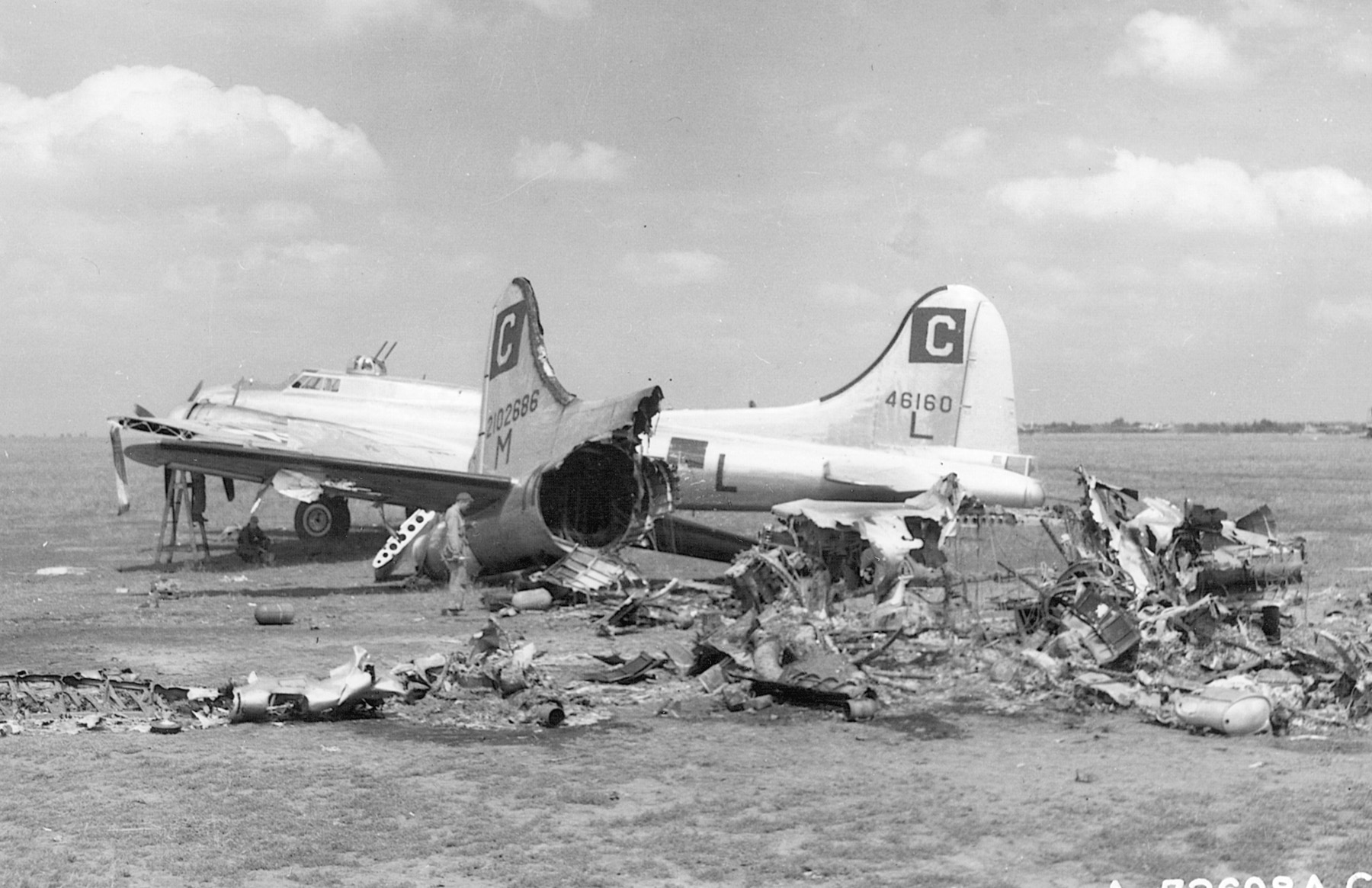
Final Step In Soviet Takeover Of Poland
The dictator’s initial step in absorbing Poland into Communist orbit had occurred when the Soviet Union and Nazi Germany divided Poland in 1939. Eliminating thousands of the country’s future leaders, the Soviets established a puppet Polish regime in Moscow. Stalin then obtained concessions over Poland from the U.S. and British leaders at the Teheran and Yalta conferences. The Warsaw uprising was icing on the Russian cake. It gave the Soviets the opportunity to let the Nazis liquidate more of the potential leaders of the stubbornly nationalistic country.
On September 9, the Kremlin belatedly consented to limited mercy flights. The Red Air Force itself made some supply runs over the doomed city, dropping mismatched weapons and ammunition without parachutes from small planes. On September 18, delayed by operational and weather problems, Frantic VII was set into motion as over a hundred fighter-escorted B-17s left England on their 11-hour flight to Russia. In their bomb bays were 1,284 containers of weapons, food, and medical supplies.
Only about 10 percent of these, parachuted over Warsaw, were recovered by the Poles in their shrinking defense perimeter. Stalin had ensured the outcome. One bomber and two fighters were lost to the intensive German reaction; 49 other B-17s were damaged, some heavily. Promised Soviet assistance—bombing nearby German airfields and helping escort the bombers—never materialized. The next day, 93 B-17s and 55 P-51s left the Russian bases to strike the railroad yards at Szolnok, Hungary.
“The Forgotten Bastards Of The Ukraine”
Frantic VIII, a second Warsaw supply mission, never got off the ground because Stalin denied the Americans the use of the Ukrainian bases. On October 5, Polish General Tadeusz Bor-Komorowski surrendered to the Nazis. Between 215,000 and 250,000 Poles, most of them noncombatants, had died in the two months of fighting while the Red Army sat on the other side of the Vistula River from the capital.
Frantic, too, was gasping its last breath. It was with little regret that the main body of Americans began leaving the three Russian bases on the wet, chilly morning of October 5, 1944. The caretaker “volunteers,” 29 officers and 126 enlisted men, who remained at Poltava to keep the Frantic door ajar received best wishes and a large supply of vodka from their departing comrades. The stay-behinds quickly dubbed themselves “the forgotten bastards of the Ukraine.” Those leaving were given written instructions to refrain from “comments derogatory to the Soviets.” Under Point No. 4 was the following ironic statement: “The Russians are not trying to run our country—lets [sic] not criticize theirs. We are fighting for the right of all people to govern themselves as the majority sees fit.”
In any case, the Allied victories on all fronts rendered Frantic obsolete. On April 19, 1945, having finally realized that Stalin had no intention of approving a U.S. presence in Siberia, the U.S. Joint Chiefs of Staff informed the Kremlin that Russian bases were no longer necessary. Nazi Germany surrendered on May 7, and the last Americans left Poltava on June 22, a year after the crippling German air raid.
A Strategic Failure And Preview Of the Cold War
What had Operation Frantic accomplished? Strategically it was a failure. The Americans had good reason to regret having nagged Stalin into accepting it. Aside from being virtually superfluous at a time when Allied advances were speeding up, the operation flew too few sorties to truly affect the war effort. The hoped-for bases in the eastern maritime provinces of Russia never materialized. And despite limited success on personal levels, relations between the Soviet Union and the United States were not improved, especially after the Warsaw tragedy. Interestingly, the close contact between the top Soviet officers and the Americans may well have been the reason General Perminov and others disappeared after the war.
The Germans dismissed Frantic as “a demonstration to show how closely the Russians and Americans were collaborating” and “a mere propaganda stunt.” No Luftwaffe aircraft were redeployed from the West to deal with the shuttle bombing threat. The real winner was the Soviet Union, which used the operation as a bargaining chip for concessions elsewhere. Russia also gained aircraft and equipment, including a Norden bombsight, so secret that it was long denied to even the British; a high-altitude oxygen system; and an automatic pilot. Working side by side with the Americans, hundreds of rotated Russians were trained on the sophisticated techniques and equipment of strategic bombing, a capability they previously lacked.
One thing is certain, however. The disappointments of the Frantic program in no way detract from the courage and sacrifice of the personnel involved. Further, the operation, a little-known facet of World War II, was politically significant and provided a preview of the Cold War.
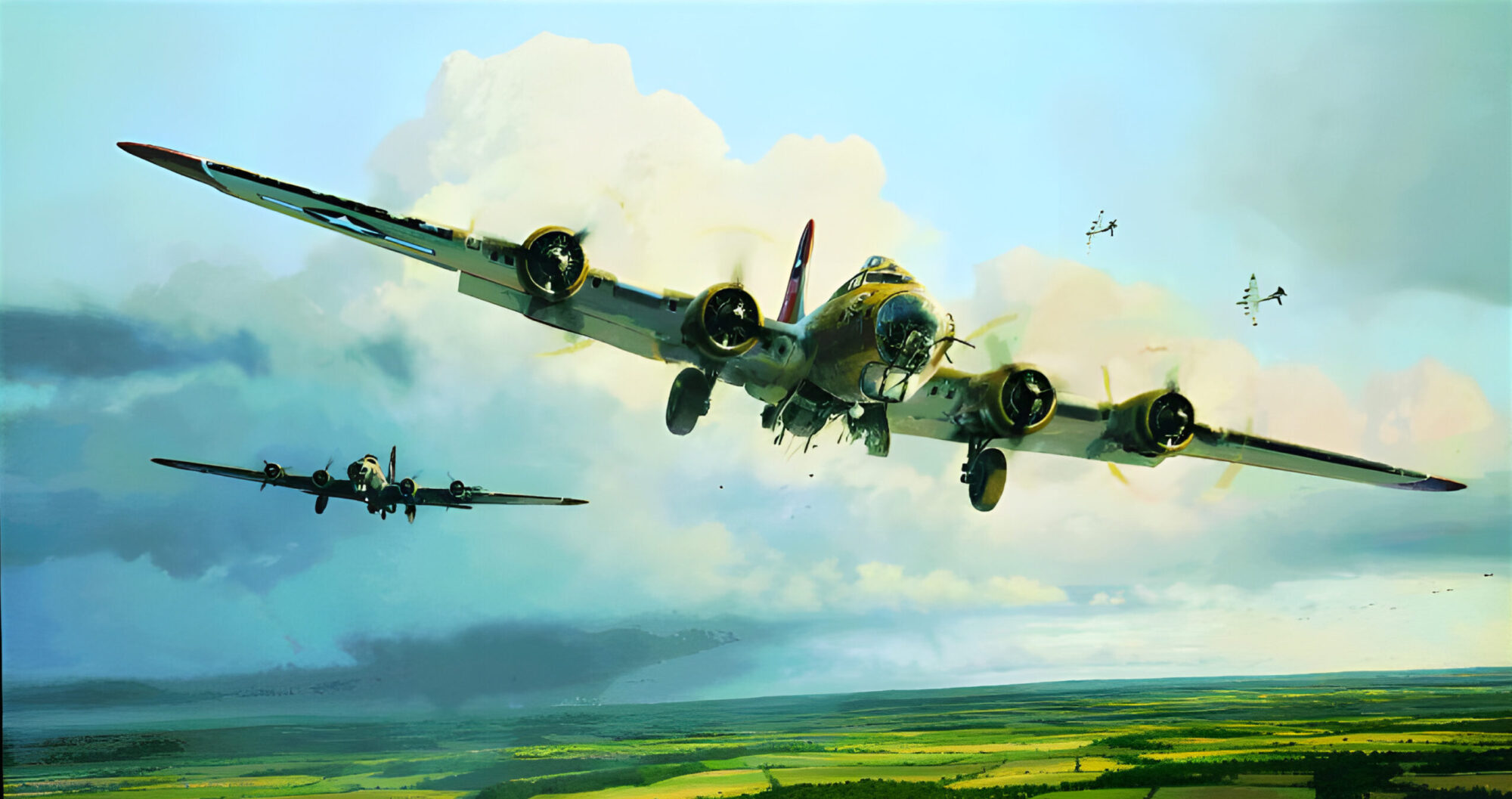
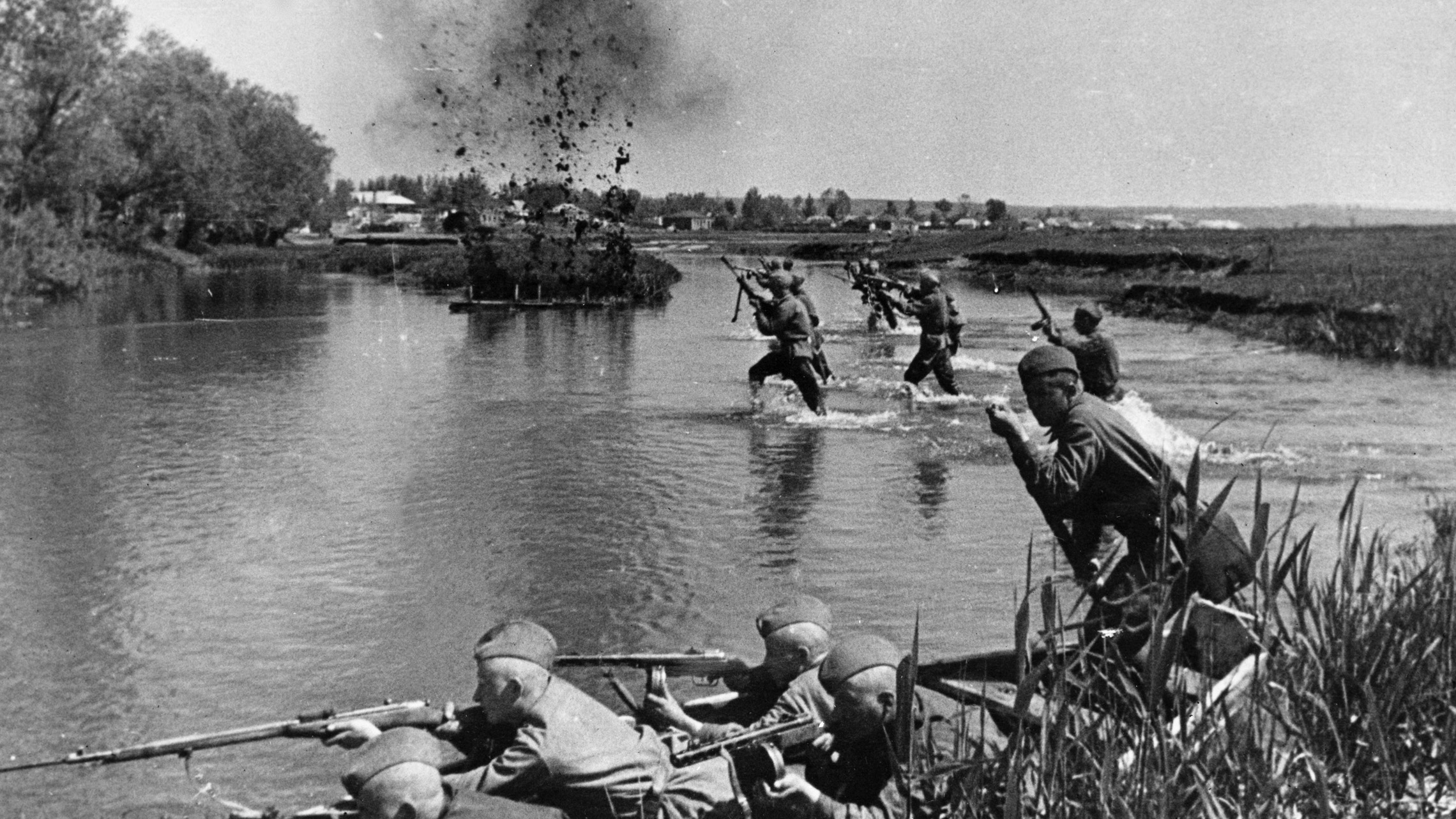
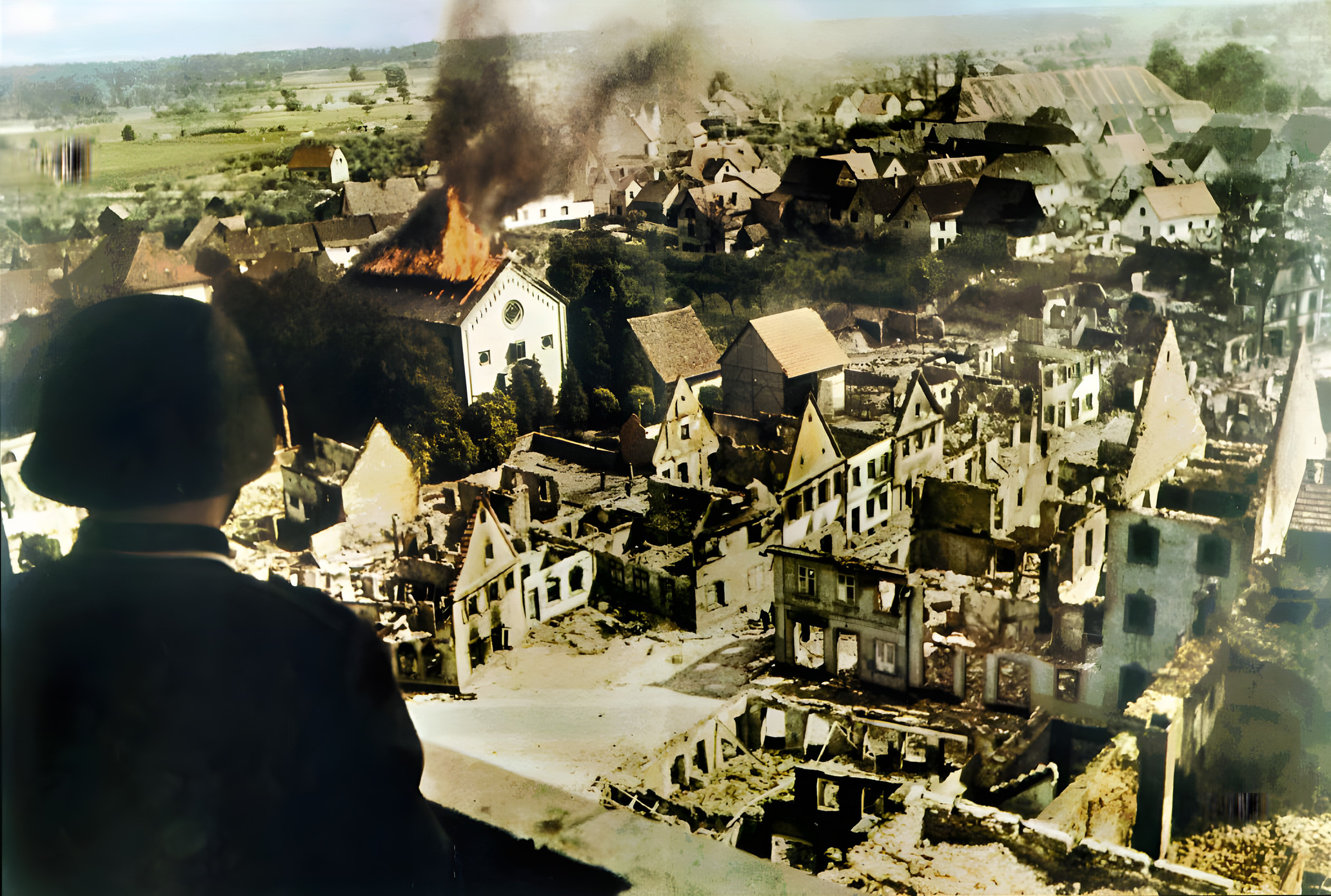
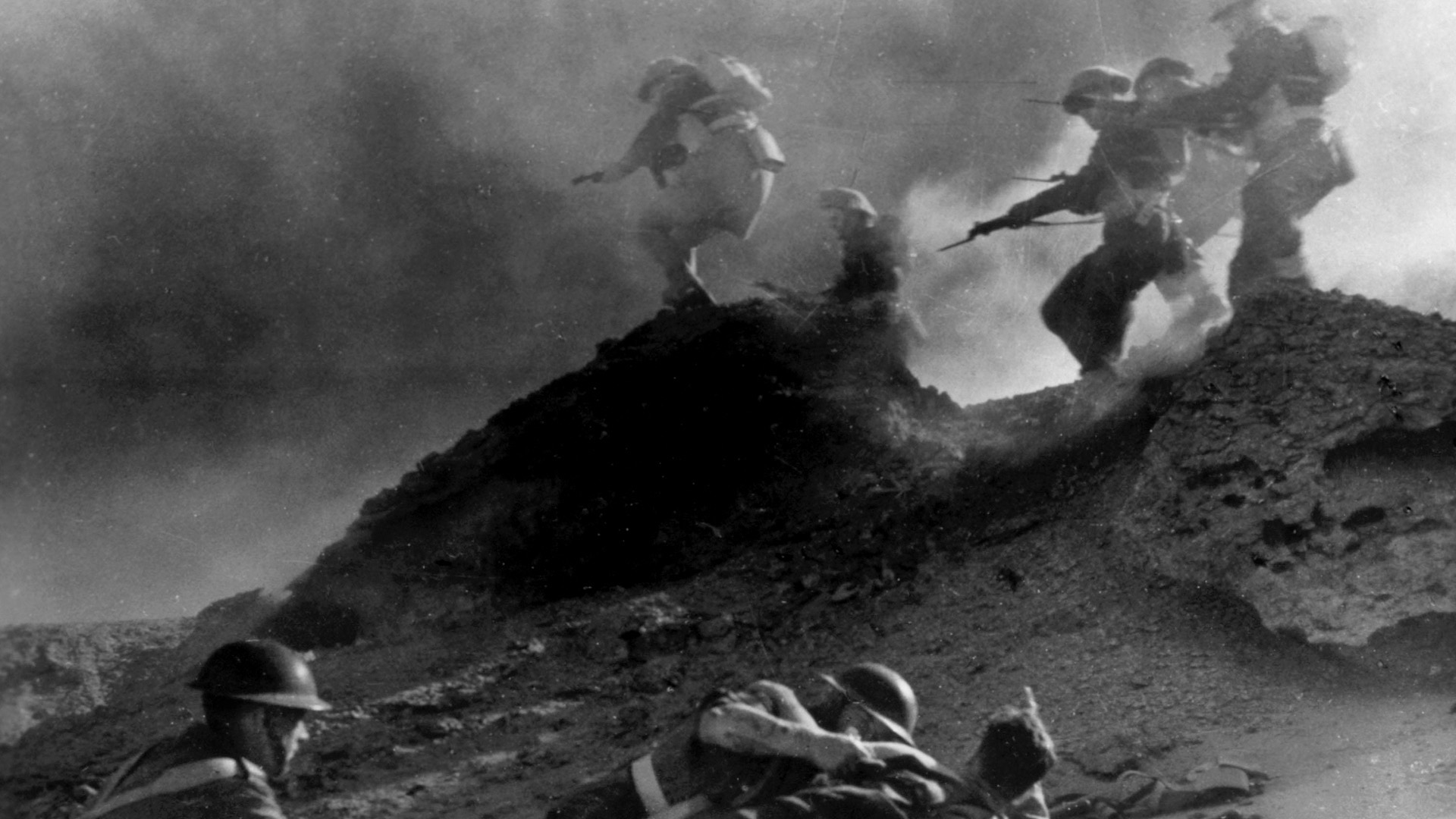
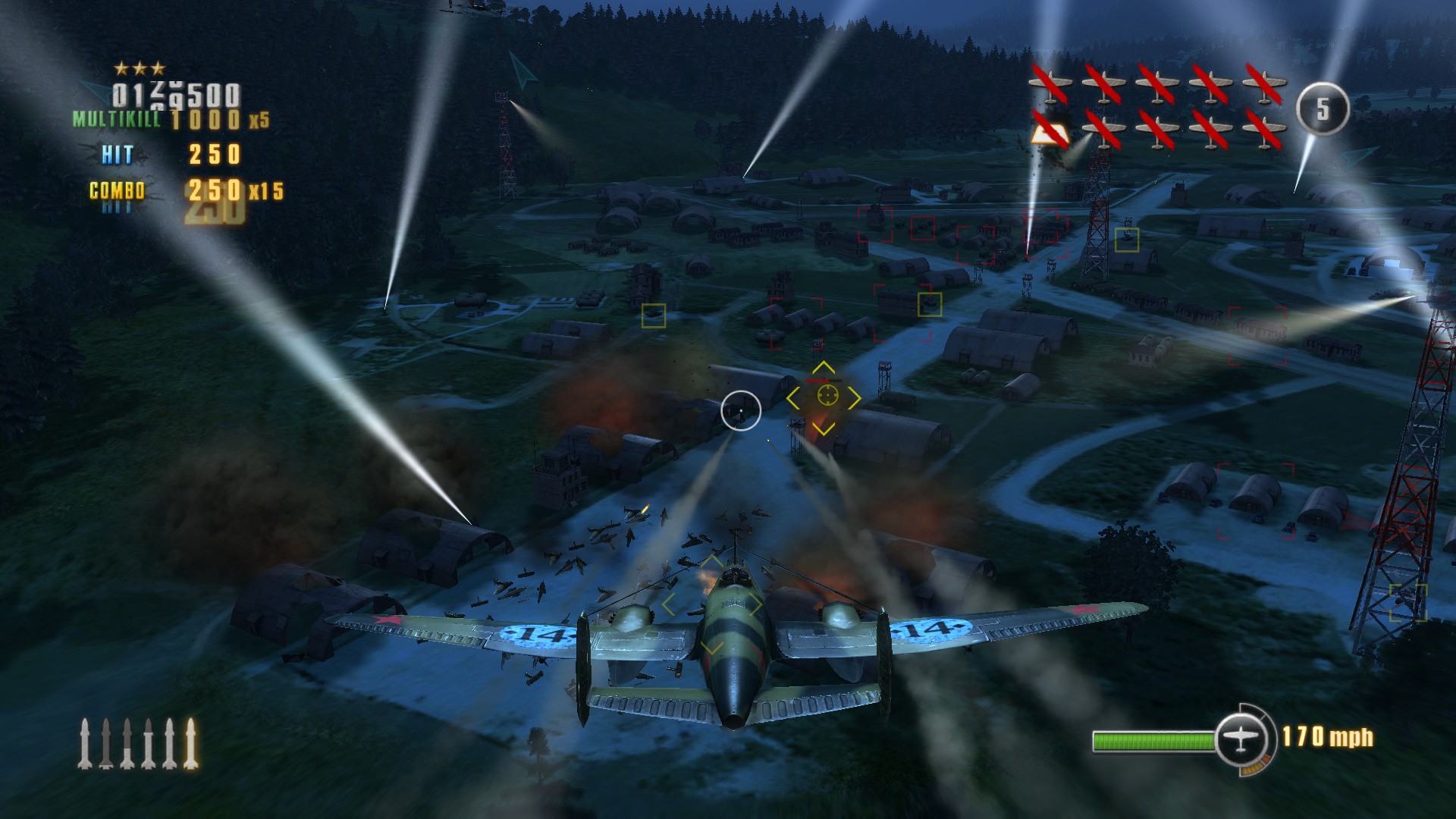
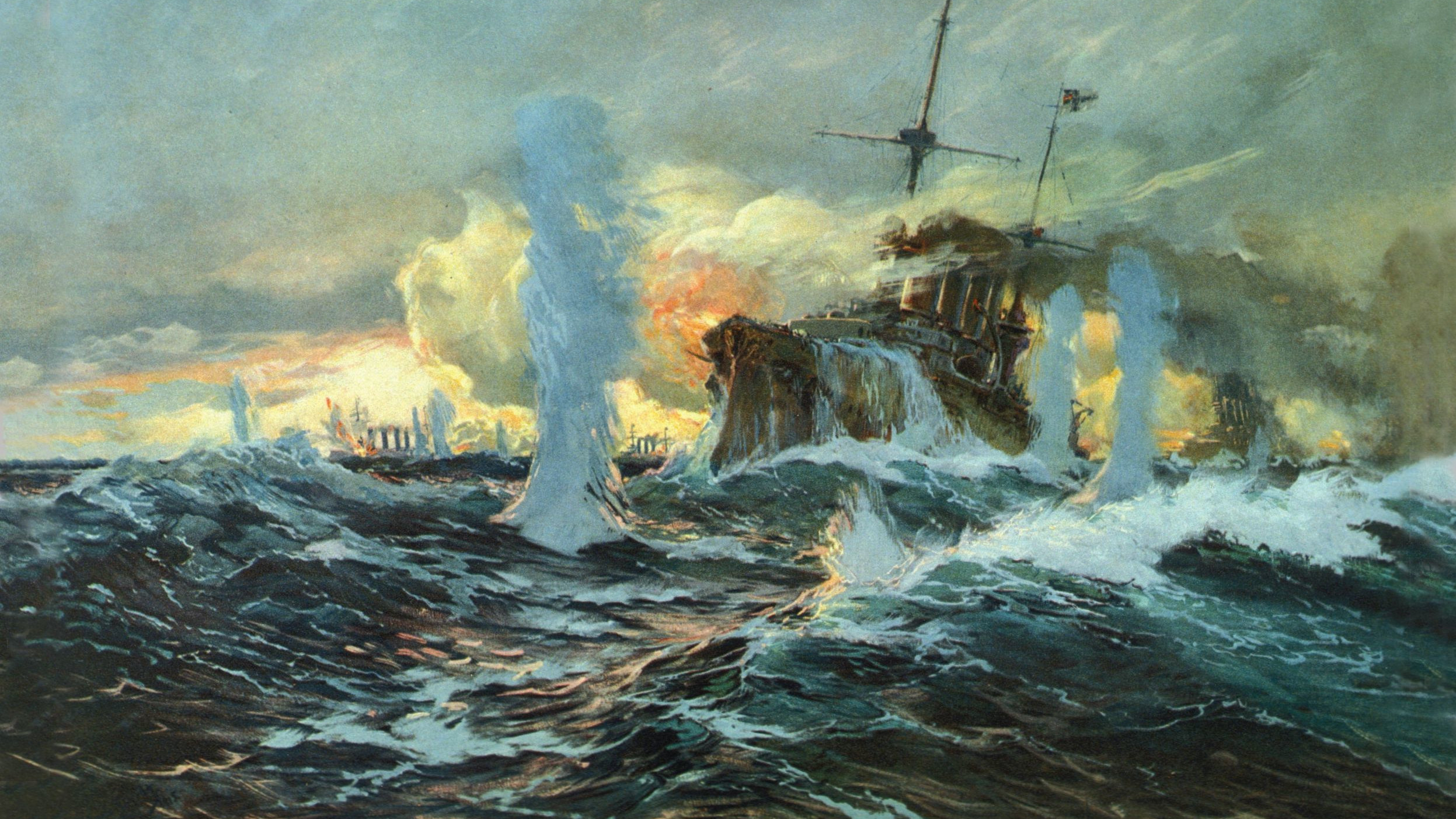
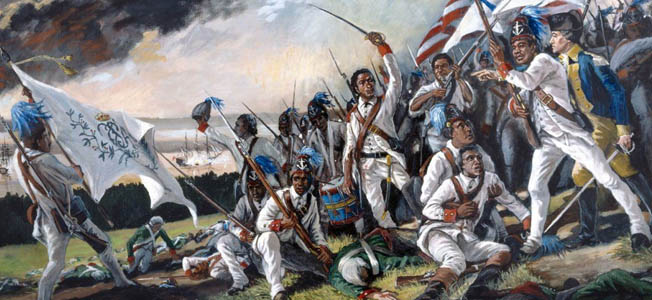
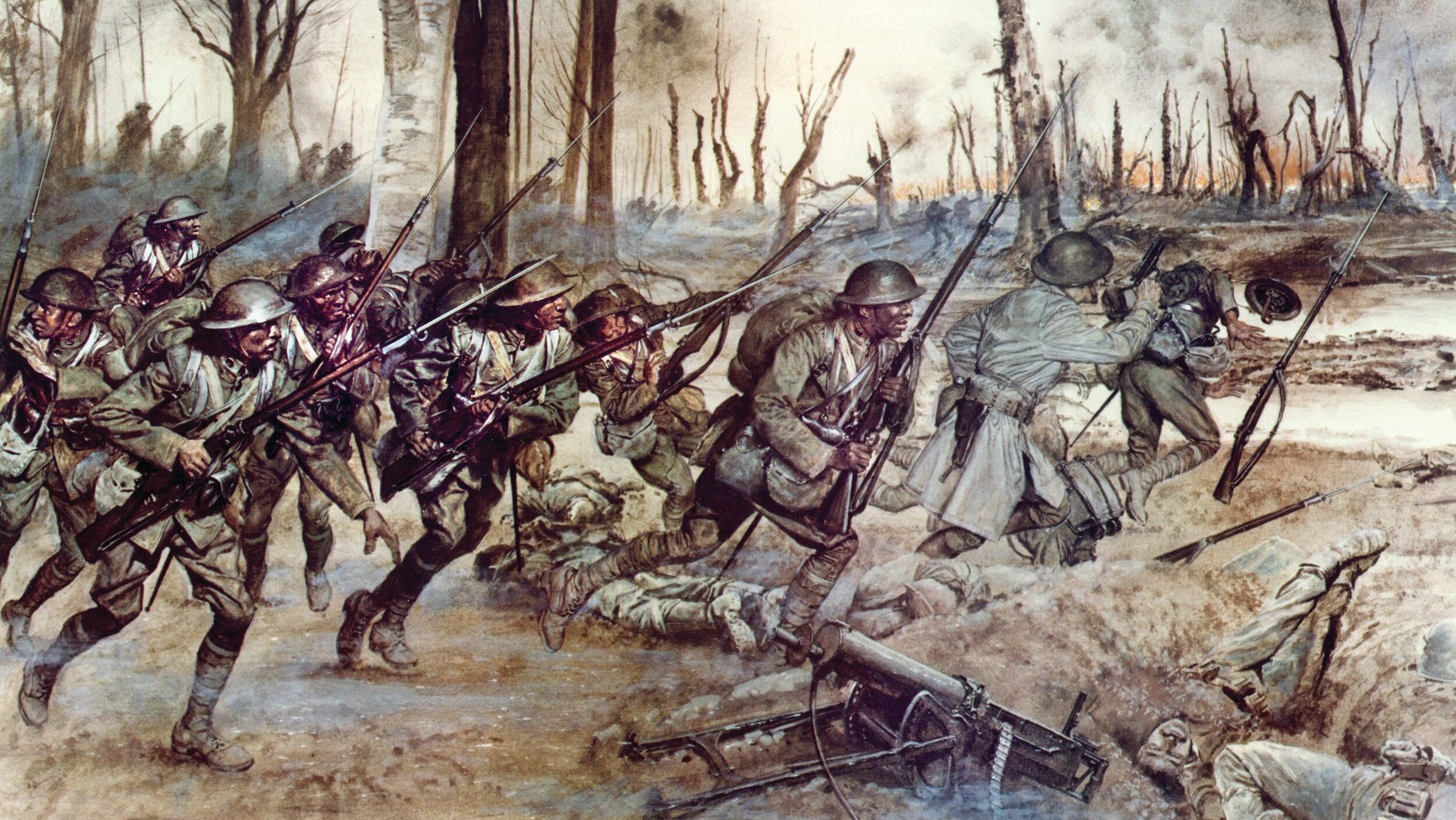
Any success of the American missions was mainly due to the Soviets acting in their own interests. Despite a pre-war knowledge of Soviet brutality toward its own people and Stalin’s paranoia, the politicos in the Roosevelt administration stubbornly held to the nonsense that the Soviets were valuable allies. It would have served our interests much better to have simply dropped off supplies at the port of Murmansk and let the Soviets proceed on their own. The post war relationship would not have been any worse and the allies might have prevented some of the Russian predation in Eastern Europe.
Donald – that is a fairly easy conclusion in retrospect, but I’m thinking it was not nearly so obvious in’43/‘44….